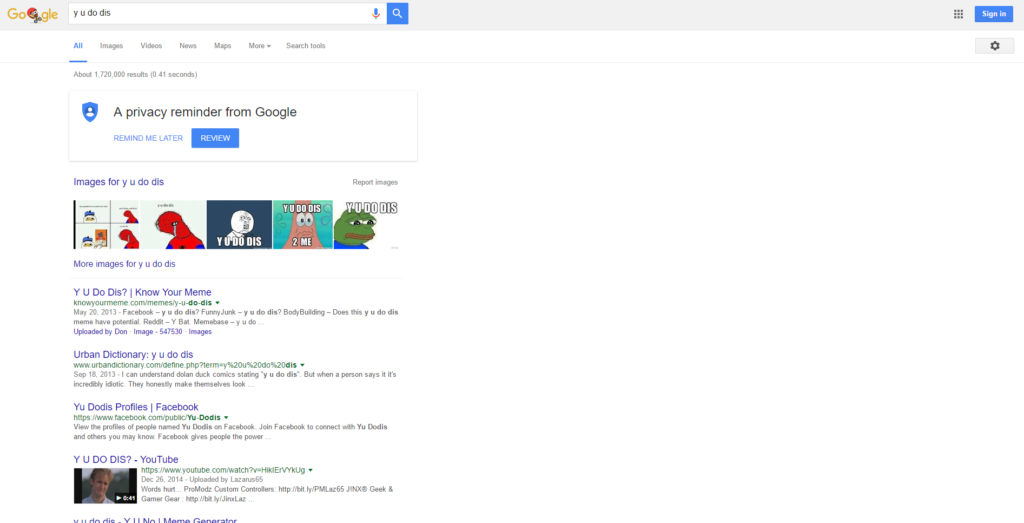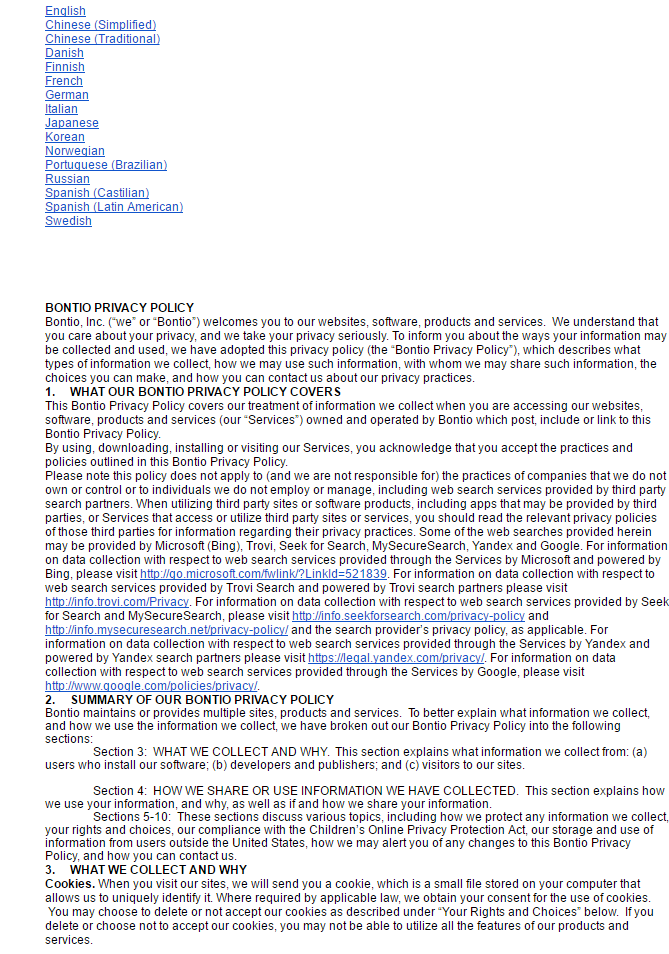Start-pagesearch(.com) is a is search engine and the homepage of a browser hijacker (software made to take over browsers.) If your Google Chrome, Internet Explorer, Microsoft’s Edge, or Mozilla Firefox browser’s settings were changed without your say-so, you might have been the victim of a hijack. The most common changes are a new homepage, a new default search engine, and a toolbar.
| Name |
|
| Main Domain Address |
Start-Pagesearch.Com |
| Solution #1 |
The easiest way to remove and other browser hijackers from your computer is with the help of an anti-malware tool. This software will also protect your computer from severe cyber threats like ransomware |
|
Solution #2 |
You can remove the browser hijacker by hand by carefully following all the guidelines of our step-by-step guide below. |
| Distribution |
PUPs, malicious ads, bundle packs. |
Start-Pagesearch(.Com) Browser Hijacker- How Did I Get It?
You may have “caught” Start-pagesearch(.com) by installing a freeware program. Freeware applications often make money by including browser hijackers (more information bellow.) While installing a program, most users chose the Express or Quick routes. While this makes the installation process slightly faster, it also gives permission to install program bundles. These bundles often include browser hijackers. If you want to avoid installing hijackers, opt for the Advanced or Custom settings while installing. In there, you can deselect any “extra” content like Start-pagesearch(.com.)
Another way for Start-pagesearch(.com) to spread by installing browser extensions or clicking on ads. Beware of infectious content on shady websites containing weird ads. Don’t click on “one weird trick”, “you’ve won an iPhone” or similar ads.
Start-Pagesearch(.Com) – More Details
Start-pagesearch(.com) has a generic, clean design. To the untrained eye, it looks like a regular search engine. However, there are some things that show its true nature.
Bellow, you can see a screenshot of the page:

For starters, Start-pagesearch(.com) doesn’t have a database. Instead it redirects searches to Google. Most Web users set their search engine to Google anyway, and inattentive users may not even notice the change. A switched homepage sounds like something people would notice, but it’s very common for users to simply ignore the change and continue using the inferior hoax search engine that hijacked them. If you use the Start-pagesearch(.com) you’ll notice that the Google results will be generated slower than the legitimate Google.com site.
Here’s an example of a Start-pagesearch(.com) “search”:

As you can see, the results are by Google. You may wonder why anyone would bother making a functionless site. The answer is very simple – to make money. By default, search engines collect a huge amount of user information. The hoax search engines also do it but skip on providing any service to their users. They’re only interested in collecting information from the inputted searches.
That information can be bought by advertising companies who use it to target ads to specific users. For example, if you searched for something using a hoax search engine, let’s say hunting, you’ll likely see more hunting advertisements in your browser.
The Privacy Policy of Start-pagesearch(.com) discloses the data gathering:

The Start-pagesearch(.com) privacy policy button link to a document by Bontio Inc. The search engine is likely developed by them. You may have noticed how small the default text size is. This is done to complicate the reading of their Privacy Policy. Merely by using their site, you agree to their terms. That means they can collect whatever information they can, including their user:
- IP addresses
- First and last names
- Email addresses
- Social media profiles
- Personal Interests
- Computer’s OS
- Country and city/town/district
As we said, legitimate search engines also collect this information and sell it, but at the very least, they provide a lot of valuable services. Not only does Start-pagesearch(.com) lack any kind search capabilities, it also doesn’t have a site logo. Does that sound like a legitimate site? The answer is NO and if you had the bad luck of getting hijacked by Start-pagesearch(.com) you should get rid of it.
| Known As | Start-Pagesearch(.Com) |
| Activity | Changes the browser’s settings, ads a new homepage, default search engine, and may install extensions |
| Spread | Freeware installs, Bundled packs, PUPs |
| Defensive Measure | Remove all it’s components completely |
Start-Pagesearch(.Com) – Removal
If you look bellow, you’ll see a tutorial containing all the necessary information to remove Start-pagesearch(.com) from your PC. You should also consider downloading an anti-malware tools to further strengthen your computer’s protection against malicious content like browser hijackers, malware, adware, etc.
How to Enter Safe Mode
Booting Into Safe Mode in the Windows XP, Vista, 7 operating systems
- Unplug devices such as USB flash drives, Memory Sticks, DVD’s, CD’s, anything that can be bootable
- Now you have to decide which of the following methods is right for your computer. If you have:
- –One operating system on your PC, then press F8 repeatedly when you see the first boot screen after restarting your computer. If the Windows logo appears, repeat the same action until you enter the
–Multiple operating systems on your computer. This is very similar to booting with a single operating system. Press F8 repeatedly when you see the first boot screen. You just have to use the arrow keys to choose which system you should boot. - When the Advanced Boot Options appear, you should select the Safe Mode option with the arrow keys. Confirm the selection by pressing Enter
- Log into your computer using the Administrator account
While you’re in safe mode, your screen will be windowed.
Booting into Safe Mode on the Windows 8, 8.1, and 10 Operating Systems
- Open the Start menu
- Hold down the Shift button and left-click on the Power icon, then click Restart
- After the reboot, the Startup menu will appear. From there, choose Troubleshoot
- From the Troubleshoot menu choose Advanced Options
- Once you’re in Advanced Options, click on Startup Settings
- Click Restart
- A menu should appear after the reboot. Choose Safe Mode by pressing its corresponding key number. The PC will restart and boot into Safe Mode.
Remove/Uninstall Start-Pagesearch(.Com) from Windows
Here’s a way to remove the program. This method will work regardless if you’re on Windows 10, 8, 7, Vista or XP. Simply selecting the program and pressing delete won’t work, as it’ll leave a lot of small files. That’s bad because these leftovers can linger on and cause all sorts of problems. The best way to delete a program is to Uninstall it. Here’s how you can do that:
- Hold the “Windows” button (It’s between CTRL and Alt on most keyboards) and press “R.” You’ll see a pop-up window
- In the textbox, type “appwiz.cpl”, then press “Enter.”
- The “Programs and features” menu should now appear. It’s a list of all the programs installed on the PC. Here you can find the program, select it, and press Uninstall.
Follow these instructions and you’ll be able to uninstall it successfully.
How to Remove Start-Pagesearch(.Com) from Your Browser
Before resetting your browser’s settings, you should know that this action will wipe out all your recorded usernames, passwords, and other types of data. Make sure to save them in some way
Internet Explorer
- Start Internet Explorer
- Go to the Tools menu and click on Manage add-ons.
- In the Manage add-ons window, bellow Add-on Types, select Toolbars and Extensions
- If you see a suspicious toolbar, select it and click Disable
- In Manage Add-ons window, in Add-on Types, Select Search Providers
- Chose a search engine and click Set as default
- Select the unknown search engine and click Remove and Close
- Open the Tools menu, select Internet Options
- In the General tab, in Home page, enter your preferred page
- Click Apply and OK
- On the desktop, right-click on Internet Explorer icon and select Properties
- In the Properties window, under the Shortcut tab, in Target delete the text after iexplore.exe
- Click Apply, click OK to save
- Click Close
- Start Google Chrome
- On the upper-right corner, there a Customize and Control Google Chrome menu icon. Click on it, then click on Settings
- Click Extension under Chrome
- In the Extensions menu, click on the unknown extensions, then click on the trash bin icon
- Under Chrome, Click on Settings
- In Settings, under on Startup click Set pages
- In the Startup pages menu, select the suspicious entries and click on X
- Click OK
- In Settings, under Appearance select the Show home button and click Change
- In the Home page menu, click Use New Tab page and press OK
- In the Settings window under Search, click on Manage search engines
- Once you enter Search engines, select your search engine of choice and click Make default
- In the default search settings list, find the unknown search engine and click on X
- Click Done
- Start Mozilla Firefox
- In the upper right corner, click on the Open menu icon and select Add-ons
- Inside the Add-ons Manager select Extensions
- Search the list of extensions for suspicious entries. If you find any, select them and click Disable
- Click on the Open menu icon, then click Options
- In the Options window, under General tab, Click Restore to Default
- Click OK
- In the Firefox window, right next to the URL field, click the down arrow icon. Select Manage Search Engines
- In Manage Search Engines List window, select the unknown search engine and press Remove
- Click OK



